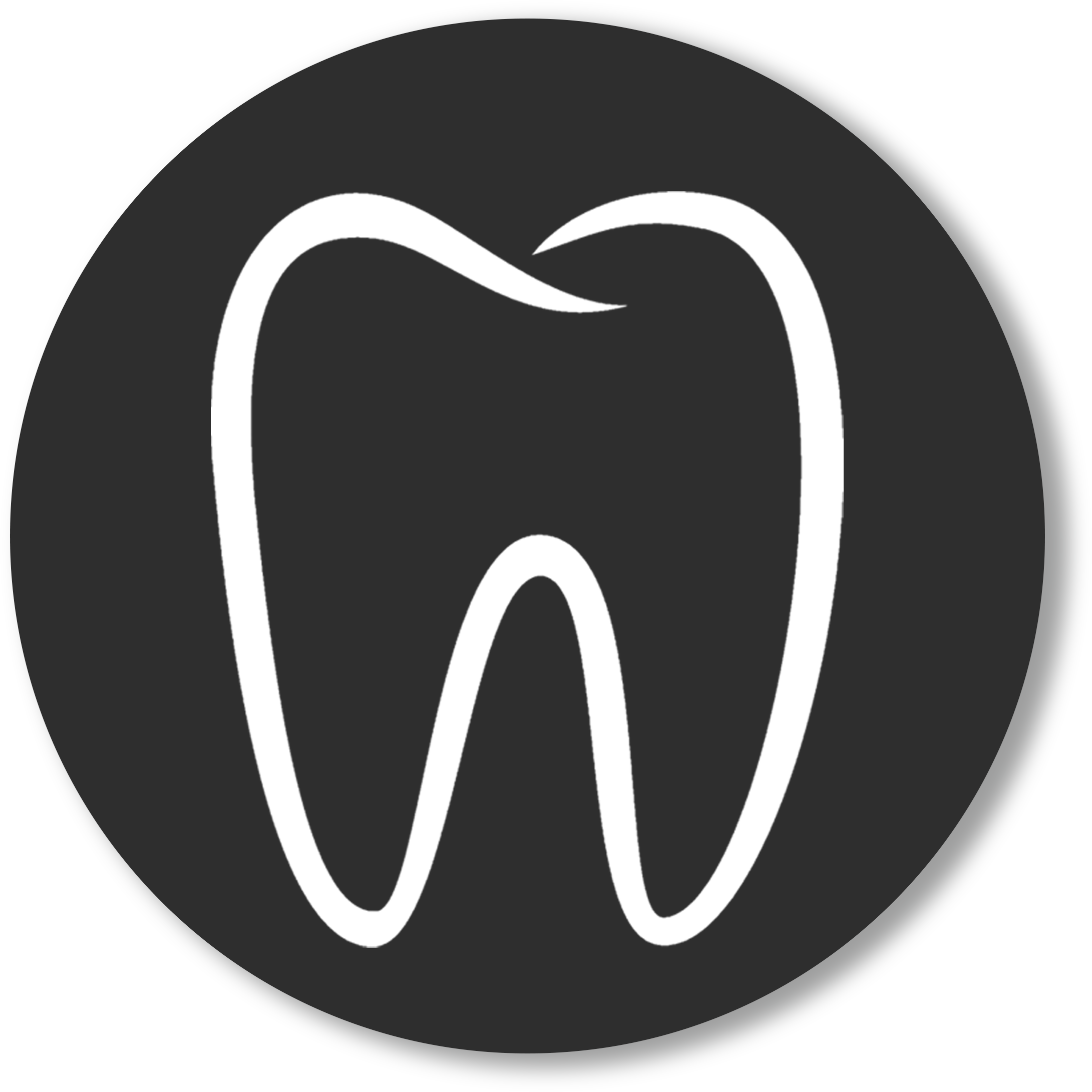
For people who avoid the dentist because of anxiety, sedation dentistry may take away some of their anxiety. Sedation can be used for everything from invasive procedures to a simple tooth cleaning. How it’s used depends on the severity of the fear.
What Is Sedation Dentistry?
Sedation dentistry uses medication to help patients relax during dental procedures. It’s sometimes referred to as “sleep dentistry,” although that’s not entirely accurate. Patients are usually awake with the exception of those who are under general anesthesia.
The levels of sedation used include:
Minimal sedation — you are awake but relaxed.
Moderate sedation (formerly called “conscious sedation”) — you may slur your words when speaking and not remember much of the procedure.
Deep sedation — you are on the edge of consciousness but can still be awakened.
General anesthesia — you are completely unconscious.
What Types of Sedation Are Used in your Office?
We use Only Minimal sedation. You breathe nitrous oxide — otherwise known as “laughing gas” — combined with oxygen through a mask that’s placed over your nose. The gas helps you relax. Your dentist can control the amount of sedation you receive, and the gas tends to wear off quickly. This is the only form of sedation where you may be able to drive yourself home after the procedure.
Oral sedation: Depending on the total dose given, oral sedation can range from minimal to moderate. For minimal sedation, you take a pill orally.
Regardless of which type of sedation you receive, you’ll also typically need a local anesthetic at the site where the dentist is working in the mouth to relieve pain if the dental procedure causes any discomfort.
